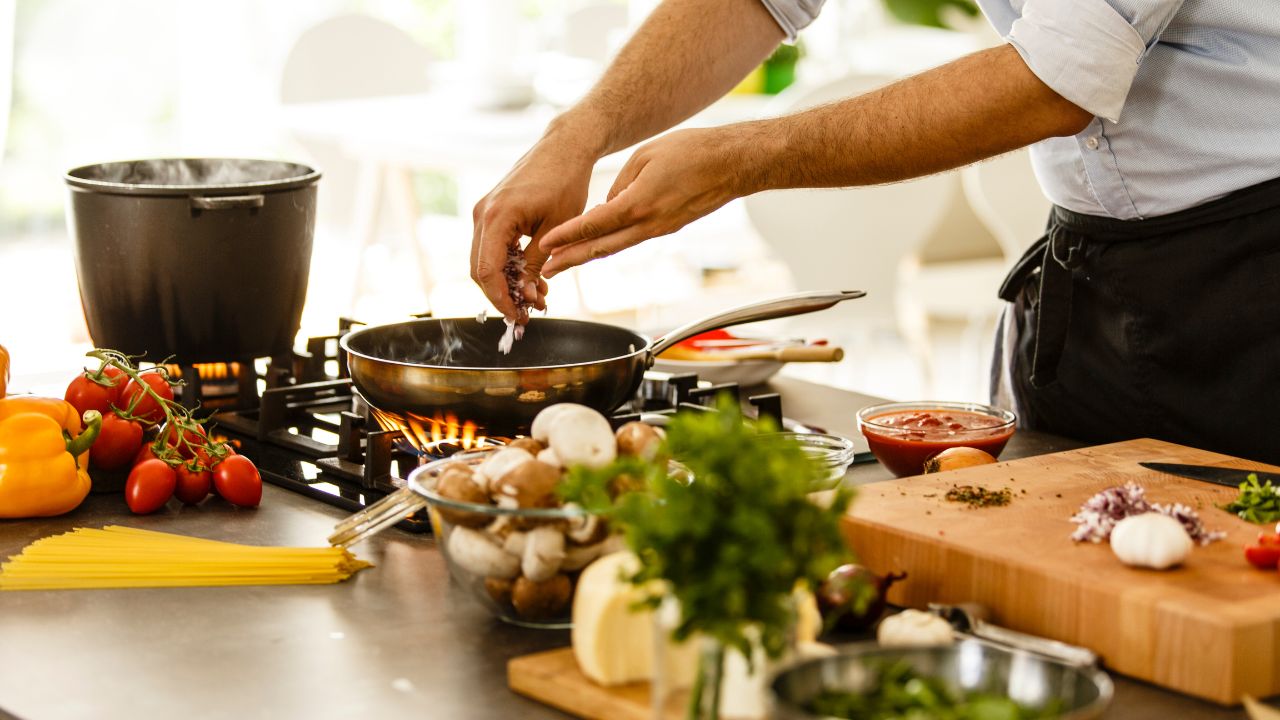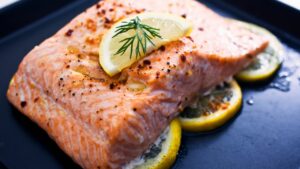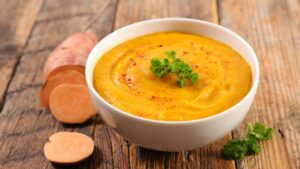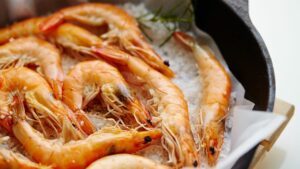Molecular cuisine, often referred to as molecular gastronomy, is a culinary adventure that takes cooking to the next level, combining science, art, and imagination to create dishes that defy traditional expectations. In this article, we’ll delve into the world of molecular cuisine, exploring its origins, techniques, and the innovative creations that have left food enthusiasts worldwide spellbound.
Origins of Molecular Cuisine:
Molecular cuisine emerged in the late 20th century, pioneered by chefs like Ferran Adrià of El Bulli in Spain and Heston Blumenthal of The Fat Duck in the United Kingdom. They sought to challenge the boundaries of traditional cooking by incorporating scientific principles and modern techniques.
Key Techniques:
Molecular cuisine is characterized by several innovative techniques that transform ingredients in unexpected ways. Some of the primary techniques include:
1. Spherification:
Spherification involves turning liquids into spheres with a thin, gel-like membrane. These spheres can be filled with flavorful liquids, creating bursts of flavor in each bite.
2. Foam:
Foaming agents are used to create delicate foams from liquids. These foams can add texture and flavor to dishes, enhancing their overall experience.
3. Gelification:
Gelification is the process of turning liquids into gels using substances like agar-agar or gelatin. This technique can transform traditional sauces into playful, solid forms.
4. Deconstruction:
Deconstruction involves breaking down a traditional dish into its fundamental components and reimagining it in new and surprising ways.
5. Sous Vide:
Sous vide is a cooking method that involves sealing ingredients in a vacuum-sealed bag and cooking them at precise, controlled temperatures in a water bath. This technique results in perfectly cooked and tender dishes.
Innovative Creations:
Molecular cuisine has given rise to an array of avant-garde dishes that challenge preconceptions of food. Some iconic examples include:
1. Caviar Made of Fruit:
Using spherification, chefs create “caviar” pearls from fruit juices. These pearls resemble traditional caviar in appearance but burst with fruity flavor when consumed.
2. Foie Gras Ice Cream:
Foie gras is transformed into a silky-smooth ice cream using foaming agents. It’s served with complementary accompaniments for a harmonious balance of flavors and textures.
3. Invisible Ravioli:
Deconstructed ravioli involves separating the traditional pasta, filling, and sauce. Each element is presented in a distinct form on the plate, creating a delightful deconstructed experience.
4. Nitrogen Ice Cream:
Liquid nitrogen is used to rapidly freeze ice cream, resulting in a creamy and smooth texture. This flash-freezing technique allows for immediate on-the-spot preparation.
The Art and Science of Molecular Cuisine:
Molecular cuisine isn’t just about culinary innovation; it’s a marriage of art and science. Chefs experiment with ingredients, textures, and temperatures to create dishes that provoke thought and emotion while delighting the palate.
Conclusion:
Molecular cuisine invites us to look at food differently, to reimagine the possibilities of what can be achieved in the culinary world. It’s a celebration of creativity and innovation, where chefs use scientific principles to craft dishes that tantalize not only our taste buds but also our imagination. Whether you’re a culinary adventurer seeking new experiences or simply intrigued by the fusion of art and science, molecular cuisine offers a unique and captivating journey through the world of food. So, the next time you dine at a molecular gastronomy restaurant, prepare to embark on an extraordinary culinary adventure that will challenge your expectations and leave you with a taste of the future.




